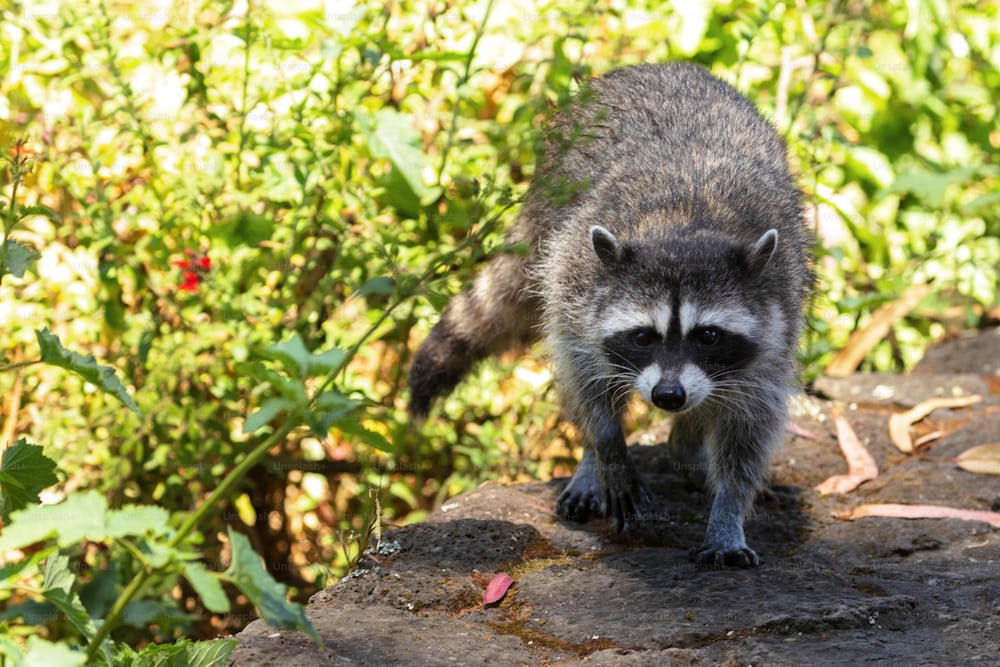Timing is crucial when it comes to wildlife removal. Bats and raccoons, common pests in residential and commercial properties, have distinct seasonal behaviors that impact how and when they should be removed. Understanding these patterns can significantly improve the effectiveness of your wildlife control efforts and prevent future infestations. Here’s what you need to know about the seasonal considerations for bat and raccoon removal.
Understanding Bat And Raccoon Behavior
Bats: These nocturnal creatures are known for their insect-eating habits and unique echolocation abilities. They typically roost in dark, secluded areas such as attics, chimneys, and wall voids. Bats are highly adaptive and can form colonies in residential areas, especially if they find suitable entry points.
Raccoons: Raccoons are omnivorous mammals with a knack for scavenging. They do well in suburban and urban settings where there are plenty of food sources. Raccoons can be particularly problematic when they access attics, basements, and other home areas. Their dexterous front paws allow them to open trash cans and gain entry into buildings.
Seasonal Patterns Of Bats
Spring: This marks the beginning of the breeding season for many bat species. Pregnant females seek roosting sites to give birth, increasing activity in attics and other secluded spaces. It’s critical to look for evidence of bat access on your property and seal off any possible entry spots. Spring is also a good time to implement preventative measures, as removing bats can be challenging once they have established a roost.
Summer: This is the peak of bat activity, with colonies in full swing. You might notice increased noise, droppings, and odors from bat roosts. During this time, young bats are learning to fly, leading to more sightings around your property. If you suspect a bat infestation, summer is a crucial time to take action before the problem worsens.
Fall: As temperatures drop, bats prepare for hibernation or migration. They start seeking winter roosting sites to survive the colder months. This transition period is an opportune time for bat removal, as they are more likely to leave their summer roosts. It’s advisable to address any bat issues before they settle into their winter roosts, as removal becomes more challenging during hibernation.
Winter: This is a quieter period for bat activity. Many species hibernate during this time, making them less active and less likely to be problematic. However, it’s essential to address any remaining entry points to prevent future infestations. Winter can also be a good time to perform repairs and preventative maintenance on your home.
Seasonal Patterns Of Raccoons
Spring: This is a critical time for raccoon activity as it coincides with their breeding season. Female raccoons look for nesting sites to give birth and raise their young. They are more likely to enter homes and other buildings during this time to find a safe and warm place to stay. Inspecting and securing your property in spring is crucial to prevent raccoon infestations.
Summer: Raccoons are very active in summer because young raccoons are learning to find food and explore their surroundings. As they search for food, they may become more aggressive, leading to more encounters with humans. During this season, raccoons are known to get into trash cans and bird feeders, so securing these food sources is essential to deter them.
Fall: As temperatures drop, raccoons prepare for winter. They seek warm, sheltered areas to hibernate or den during the colder months. This is a prime time for raccoons to enter attics, basements, and crawl spaces. Ensure all entry spots are sealed, and your property is well-secured to prevent raccoons from moving in.
Winter: This is a quieter time for raccoons, as they are less active and may enter a state of semi-hibernation. However, if they have already established a den in your home, they may still be a concern. It’s important to address any ongoing infestations and prevent new ones by securing potential entry points.
Best Practices For Bat And Raccoon Removal
Inspection And Prevention: Regular inspections of your property are crucial, regardless of the season. Look for signs of entry, such as droppings, chewed wires, or scratch marks. Maintain your home and seal all possible entry points. Preventative measures, such as installing bat houses and securing trash cans, can also help deter wildlife.
Professional Services: When dealing with bat or raccoon infestations, consult with professional wildlife removal services. These experts can accurately identify the problem, implement effective removal strategies, and provide guidance on preventing future infestations. Professional services are especially important during the breeding season when removal can be more complex due to the presence of young animals.
Humane Methods: Use humane methods for wildlife removal. For bats, exclusion techniques, such as installing one-way doors, allow bats to leave without re-entering. For raccoons, trapping and relocating the animals is often the most effective and humane approach. Always follow local regulations regarding wildlife removal to ensure compliance with the law.
Repair And Maintenance: Once the animals are gone, repair any damage they may have caused and maintain your property to prevent future infestations. This includes fixing damaged insulation, sealing entry points, and keeping your property clean and free of attractants.
Conclusion
Understanding the seasonal behavior of bats and raccoons is key to effective wildlife removal and prevention. You can keep these pests out of your house and provide a secure, pleasant atmosphere for you and your family by paying attention to their activities and acting quickly. Regular inspections, professional services, and preventative measures are all crucial components of a comprehensive wildlife management strategy. Stay vigilant throughout the year to address potential issues before they become major problems.
Keep an eye for more news & updates on DiscoverTribune.Org!




